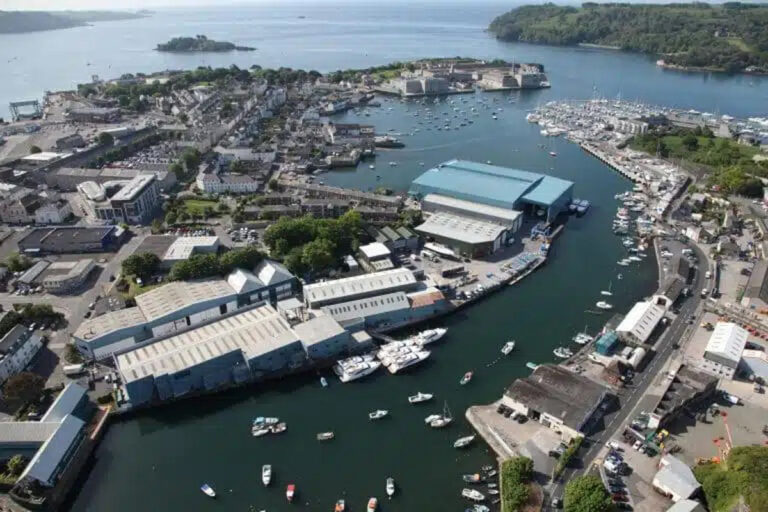The iconic architecture and stunning sunsets on the Greek isle of Santorini (officially known as Thera) have driven the volcanic island’s explosion in tourism (no pun intended). But there’s more for cruisers to explore on this gem located in the southern Aegean Sea.
Oia
When people think of Santorini, they envision the picturesque cliffside village of Oia (pronounced EE-yah). Its iconic blue-domed churches, whitewashed buildings, and breathtaking sunset views over the caldera are the main reasons more than 2 million travelers visit the island each year. Along its pedestrian main street, known as the Marble Walkway, you’ll find upscale boutiques and art galleries such as Dimitris Kolioussis’ visually arresting Icon Painting Workshop and Marmarini, which sells delicate jewelry, scarves and other handcrafted creations.
For a next-level sunset experience, book a rooftop table at the refined Strogili Restaurant. Leave room for the signature dessert, a deliciously rich chocolate, caramel and peanut brownie known as “illusion volcanic rocks.” You can work it off the next day on the popular 6.5-mile hike along the cliff from Oia to Fira. Be sure to pack water and sunscreen.
Kamari
The main beach destination on Santorini is Kamari. The promenade bordering the volcanic black-sand beach is lined with restaurants such as Taverna Saliveros, a family place run by an attentive matriarch serving authentic Greek fare like dolmades and tomato fritters. A few steps down, Prospect Books & Art sells an impressive variety of distinctive souvenirs. And around the corner, Erotokritos Cretan Bakery is a great provisioning stop for grab-and-go sandwiches and delicious pastries, including portokalopita (orange cake with syrup).
Akrotiri
Known as “Greece’s Pompeii,” the ancient Minoan settlement of Akrotiri was buried in ash from a cataclysmic volcanic eruption in the 16th century B.C. The site remained lost until the 1860s and was thought to have inspired the Atlantis fable. Excavations begun in 1967 have revealed surprisingly well-preserved buildings, frescoes and pottery that reflect the prosperity of this important Aegean port city on the far southwest tip of Santorini. Museum signage is limited, so consider hiring a tour guide who can bring these fascinating ruins to life.
Santo Wines
Santo Wines is a collective of 1,200 members striving to preserve Santorini’s distinctive approach to winemaking. Cruisers can visit Santo’s winery in Pyrgos to learn how cultivators grow their native Assyrtiko grapes and other varietals by training their vines into kouloura, spiral baskets that shield the grapes from scorching sun and strong winds. Reserve an evening time slot for dinner or a wine tasting on Santo’s spacious terrace for a stunning sunset view over the caldera.








